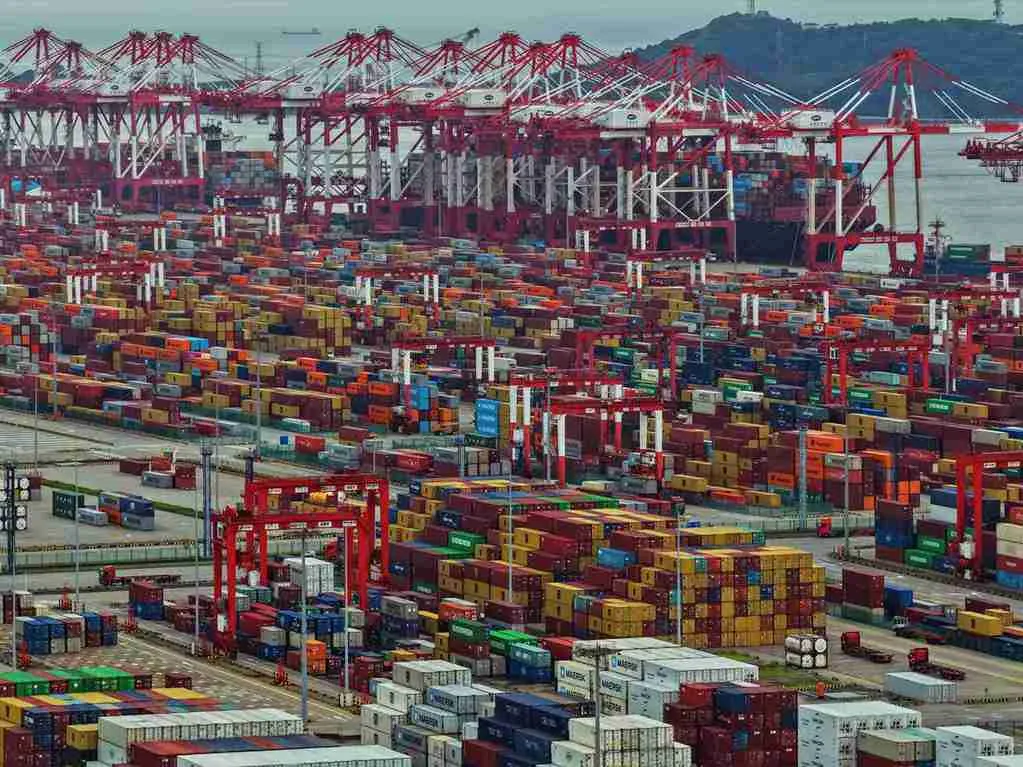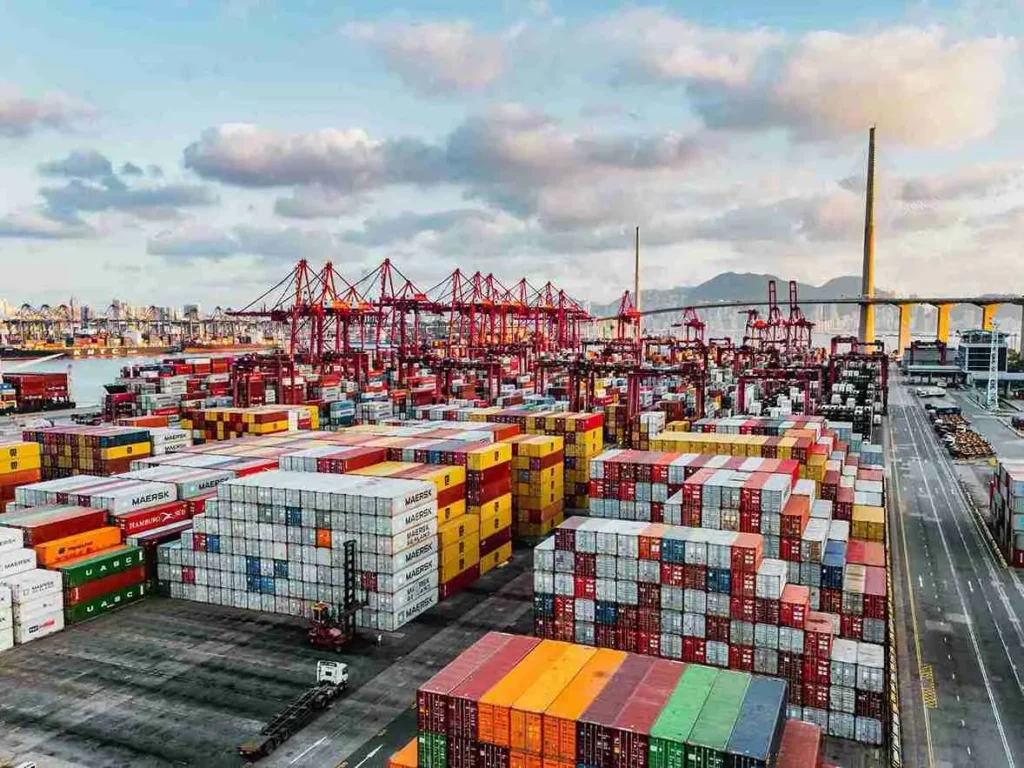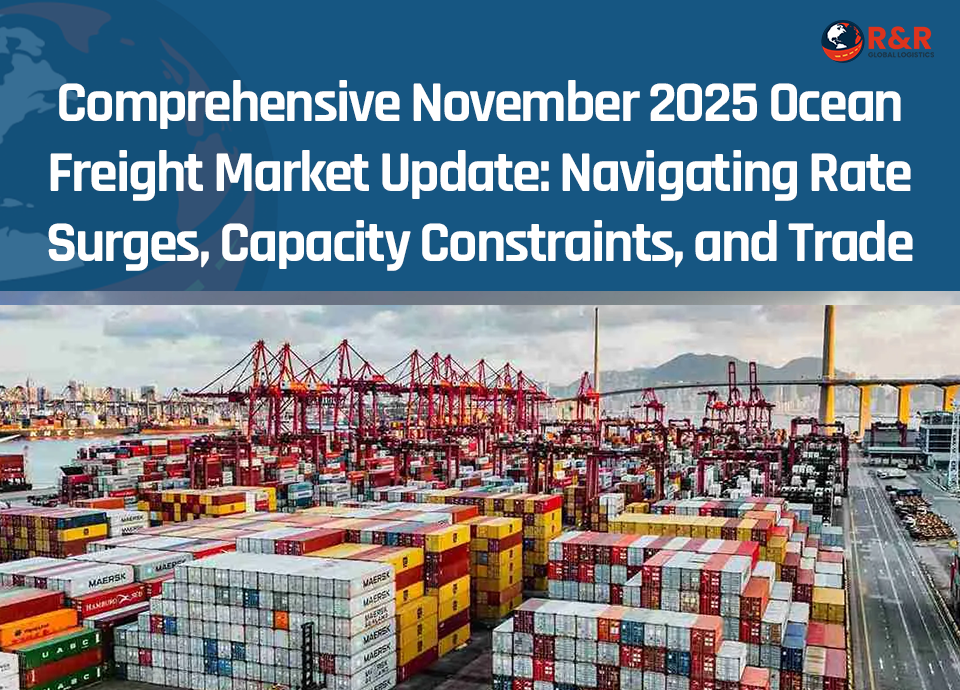Overview: Market Context and Recent Trends
The ocean freight industry in November 2025 reflects a balancing act between persistent challenges and strategic adaptations. Despite continued weak demand globally and an overcapacity environment that has lingered since mid-2025, freight rates on key trade lanes, particularly between Asia and North America, have experienced notable increases.
Industry reports, including the Freightos Baltic Index (FBX), reveal rate surges of up to 48% on the Asia to U.S. West Coast routes, a sharp rise considering the subdued demand. This unexpected trend has raised significant questions regarding the underlying causes, market sustainability, and what it means for exporters, importers, and logistics providers navigating this turbulent period.
Rate Increases and Capacity Discipline: The Carrier Strategy
The commencement of General Rate Increases (GRIs) on November 1 was met with immediate effects. Carrier strategies to manage the supply-demand imbalance have revolved chiefly around capacity discipline. By intentionally blanking sailings (canceling scheduled voyages), they have curtailed available space to prevent further erosion of spot rates.
On the Asia-U.S. West Coast lane, blanked sailings now account for a substantial portion of planned capacity. While transpacific routes sometimes face sharp rate hikes, other lanes such as Asia to U.S. East Coast exhibit rate stability, reflecting variations in regional demand and logistical conditions.

Trade Policy: Uncertainty and Temporary Relief
Trade tensions and tariff policies continue to cloud market visibility. The pending U.S. Supreme Court review of tariffs enacted under the International Emergency Economic Powers Act (IEEPA) contributes to shipment delays and erratic demand as importers await legal clarity. This legal ambiguity temporarily constrains consistent flow, causing short-term demand spikes and adding complexity to supply chain planning.
Recent developments have eased immediate cost pressures somewhat: the U.S. suspended new port fees affecting Chinese vessels for one year, and China reciprocated by suspending its retaliatory fees. These moves, agreed upon following high-level discussions between Presidents Trump and Xi, offer breathing room but maintain the need for vigilance given the fluid geopolitical dynamics.
Seasonal Demand Impact: Preparing for Lunar New Year
Anticipating the traditional surge in cargo movements ahead of Lunar New Year 2026, carriers expect demand to rebound despite the challenging economic backdrop. Importers and shippers typically frontload shipments in late Q4 to ensure product availability during the holiday season, supporting rate stability and utilization even amid overall overcapacity.
This seasonal factor lends the market a temporary cushion, though it also intensifies port congestion risk and complicates vessel scheduling. For exporters, particularly in manufacturing hubs like Vietnam, these conditions amplify planning challenges but also present strategic opportunities for optimized shipment timing.
Detailed Impacts on Exporters and Importers
Vietnamese exporters are experiencing tangible cost implications. The rapid 40-45% freight rate rise on Vietnam to U.S. West Coast routes has increased shipping expenses by approximately 5% per container. Such logistics cost inflation squeezes margins, especially for highly competitive sectors like electronics and apparel manufacturing.
Supply chain ripple effects extend upstream: higher import costs for components delay production cycles and impact inventory replenishment. Planning becomes more intricate as weekly GRI adjustments and volatile spot rates deter long-term contract stability.

Best Practices and Strategies from RRGLS
In light of these market developments, RRGLS advises exporters and importers to take a proactive and flexible approach to freight management:
- Continuous Market Monitoring: Regularly track Freightos Baltic Index (FBX) and industry reports for real-time rate forecasts and capacity updates.
- Contract Flexibility: Lock in short-term freight contracts (2-3 months) during peak rate volatility to mitigate risk while retaining adaptability.
- Supply Chain Diversification: Leverage alternative ports—Singapore, Port Klang, Laem Chabang—to reduce dependency on congested gateways.
- Multi-Modal Solutions: Explore rail transport options via China and Russia for Asia-Europe trade lanes, particularly for high-value or time-sensitive goods.
- Load Optimization and Shipment Timing: Consolidate shipments where feasible, and strategically schedule departures considering GRI cycles and port peak periods.
Market Outlook: Cautious Optimism Amid Complexity
Looking forward, carriers’ disciplined capacity reductions and strategic blank sailings are anticipated to keep freight rates elevated above 2024 baselines well into early 2026. While some softening of rates may occur late November, especially if port congestion eases and diplomatic negotiations progress, the overall price floor has shifted upward.
Port conditions, especially in Europe and North America, remain strained with equipment shortages and occasional strike-induced disruptions adding uncertainty. However, recent reports of reduced hostilities in key transit areas such as the Red Sea and smoother Suez Canal operations suggest potential improvements in vessel utilization and transit reliability.
Shippers and logistics providers must remain agile—prioritizing communication with carriers, adjusting booking strategies, and carefully managing freight costs to navigate this evolving landscape effectively.
RRGLS remains committed to providing timely, expert insights and customized logistics solutions to support your business through these demanding market conditions. For ongoing updates or assistance with your supply chain strategy, please reach out to your RRGLS account representative.

